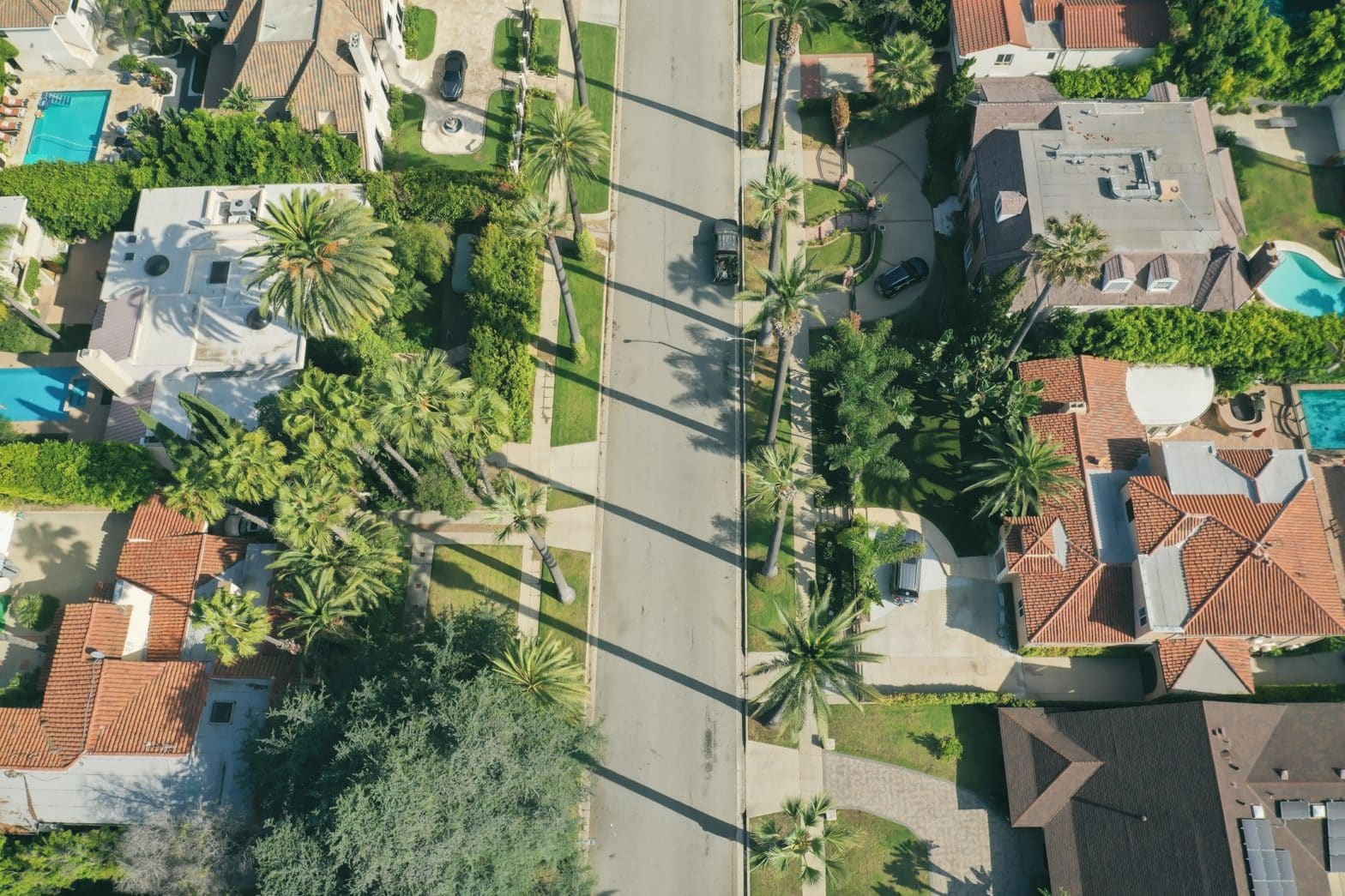The US homeowners insurance industry posted its worst underwriting results in over a decade in 2023 as its net combined ratio surpassed 110.0%.
The net combined ratio for the homeowners business, excluding policyholders’ dividends, was 110.5% in 2023, the highest since recording a ratio of 121.9% in 2011, according to analysis by S&P Global Market Intelligence. Over the previous 20 years, the combined ratio for the business line industrywide has surpassed 110% only one other time, and that was in 2008 when the ratio was 116.2%.
If factoring in policyholders dividends, the homeowners net combined ratio would climb to 110.9% in 2023 with the yearly dividend ratio ranging between 0.3% and 0.6% over the last 20 years.
Inflationary pressures, a devastating wildfire in Hawaii and a record-breaking number of billion-dollar loss events from convective storms weighed on the industry’s results in 2023. Global broker Aon estimates that the insured losses totaled $61.5 billion from the Hawaiian fire and convective storms during the year.
In an attempt to return to profitability, insurers have been boosting rates across the US; however, net underwriting losses within the homeowners business line were about $15 billion in 2023, compared to $5.89 billion during the previous year. The underwriting performance figures exclude state-backed insurers of last resort, such as Florida’s Citizens Property Insurance Corp.
US homeowners insurers saw their net losses and loss adjustments expenses jump to $101.29 billion in 2023, a year-over-year increase of 21.3%, while net premiums earned in the business line only grew by 10.8% to $119.89 billion. Other underwriting expenses equaled $33.36 billion during the year compared to $30.59 billion during 2022.
Chubb, Amica performance outliers
Chubb Ltd. and Amica Mutual Insurance Co. were outliers among the group of 20 largest US homeowner insurers, as they were the only insurers to record a sub-100% combined ratio in 2023.
Chubb’s net combined ratio was 89.6% in 2023, an approximately 2-percentage-point improvement from the prior year. The company provides homeowners coverage to high net worth customers across the US, with roughly a third of 2023 direct premiums coming within mid-Atlantic states.
Meanwhile, Amica posted a combined ratio of 97.4% in 2023, compared to 98.3% during the previous year.
The US-based units of Tokio Marine Holdings Inc., The Progressive Corp., Universal Insurance Holdings Inc. and Liberty Mutual Holding Co. Inc. were among the other largest insurers to report a year-over-year reduction in their combined ratio. The combined ratio for the Tokio Marine units was 115.7%, an improvement of 10.4 percentage points; Progressive’s equaled 100.5%, a 9.1-percentage-point improvement; Universal’s totaled 111.6%, an improvement of 8.3 percentage points; and Liberty Mutual’s stood at 106.0% in 2023, improving 6.2 percentage points.
Citizens Property’s direct premiums written within the homeowners line of business surged 42.2% in 2023, making the Florida-based insurer of last resort one of the 10 largest homeowner underwriters in the country for the full year. The insurer reported $3.21 billion in direct premiums within the business during 2023.
With Citizens’ move up in the ranking, Progressive fell to the No. 11 spot in 2023. The second-largest private auto insurer in the US reported $2.95 billion in homeowners direct premiums during the year, an increase of 20.8% from its prior-year total.
The remaining nine largest US homeowner insurers remained the same, with State Farm Mutual Automobile Insurance Co., The Allstate Corp., Liberty Mutual and United Services Automobile Association being the four largest homeowners underwriters.
In aggregate, the property and casualty homeowners industry recorded $152.51 billion in direct premiums written during the most recent year compared to $133.79 billion in 2022.














